22 Apr, 2025 | Admin | No Comments
Real Estate Farming: How to Become the Go-to Agent in Your Neighborhood
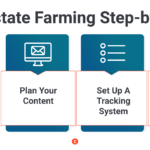
In my experience, farming for your real estate business can be one of the most lucrative and dependable lead generation strategies for agents. It’s easy to get started and reasonably inexpensive — just think about it this way: your commission from selling just one home could pay for your farming efforts throughout the year.
We’ll walk you through our detailed approach to farming, outline the costs involved, and review all the tools you’ll need.
What is farming in real estate?
Real estate farming is a lead generation and marketing strategy agents use to generate consistent business from a specific geographic area.
Agents “farm” a specific neighborhood by providing consistent value while cultivating relationships and generating leads that evolve into long-term clients. This practice also helps build a reliable business. Ultimately, the goal is to become the local expert and go-to agent for a particular geographic area.
 Pro Tip
Pro Tip
Geographic farming is not to be confused with demographic farming, where you focus marketing efforts on a set of people such as first-time homebuyers, seniors, military personnel, or even equestrians or golfers. You can read more about great real estate niches here.
How to approach real estate farming: 4 steps

1. Target the Right Neighborhood
The success of your farming strategy depends on choosing the right area. A good farm includes between 100 and 250 homes, but note that each home you add to your farm increases your budget. You’re looking for consistency, and this can quickly rack up costs.
Many agents start with too many homes, can’t keep up, and drop their farming efforts after only a few months. Keep your farm small to maximize your effect and lead generation probability.
Using some easy napkin math, find an area where there’s healthy demand and where homes are actively listed for sale with a solid turnover rate. There is no point in farming an area that isn’t very active.
Computing for the turnover rate
To get the rate of homes sold/turnover rate, look back 12 months to see how many homes were listed for sale in your farming area, and how many sold. You can find this information in Zillow or your multiple listing service (MLS). We want to know the rate of homes sold to tell us how many months of inventory are in this neighborhood. Take your time frame (let’s say, one year or 365 days) and divide that by the number of homes sold.
For example, if there were 16 homes sold in your farm over the last year, we can divide 365/16 to get 22.8. So now we know that for your farm area, the rate of homes sold is roughly 23 days.
Stick with me to get the absorption rate. To do this, we’ll multiply the number of homes sold by the rate of homes sold.
Sticking with the example above, let’s say there are two active listings in your farm. So we will do 2 x 22.8 = 45.6 (or about 1.5 months). That’s a reasonable absorption rate — the average varies, but as a quick rule, you’re looking for less than three months.
Now you know that the current market conditions of the farm you’ve chosen are pretty hot — as long as market conditions remain consistent.
Next, gather information on your farm area and get to know the market backward and forward. In addition to understanding average sales prices and days on market (DOM), you’ll need to know the average age and income of homeowners, typical home styles and age, local employers, upcoming developments, zoning and permitting regulations, neighborhood amenities, and other local agents who might be competition. Use the tools at your disposal, like your local MLS and market reports from a place like Altos Research.
Arming yourself with neighborhood knowledge will immediately help you stick out when you get a lead from your efforts.
2. Plan how & when to deliver value to your farm
Agents crushing the neighborhood farming game deliver consistent value to residents in their farm areas. Successful outreach is more than papering the neighborhood with your branded message. It’s about offering something helpful to locals, like a market report, local event, social media group, or a neighborhood website.

This neighborhood strategy goes a long way in easily establishing you as the local expert. It’s also easy to do — once a month, send out your postcards to your farm. We like PostcardMania for this because their designs are simple. Try to include images of the recently sold homes—your farm will recognize the homes and they will come to associate you with the neighborhood.
3. Make a plan to manage & track your leads
Your real estate farming leads differ from those you pay for or capture on your website, so be sure you’re tracking them separately. A solid customer relationship manager (CRM) allows you to tag farm contacts individually, as well as automate digital communication like email or text messages. It also creates a record of the value you’ve delivered over the life of your farming activity. Plus, you can carefully track each reply to ensure you promptly follow up at every point of contact.
Check out all our top CRM picks in our guide to the best real estate CRMs. One of our top picks for the best overall real estate CRM is LionDesk (powered by Lone Wolf Technologies) — it’s affordable and packed with real estate-specific features ideal for farming.
4. Start delivering value
You’ve chosen the right farm area, made a plan to deliver consistent value, and set up a system to manage and track your interactions. Now it’s time to set up your automated communications and send out high-touch outreach with postcards and market updates.
Successfully farming a territory combines long-term automated communication and smart, day-by-day personal follow-up. As we’ve said, staying consistent is key — and you should start to hear from your potential clients after a few months. However, if you treat farming as a set-it-and-forget-it strategy, you won’t be as effective.
Now that you’ve set up your strategy, it’s time to go outside the box — think neighborhood events, knocking on doors, and circle prospecting your farm. We’ll dive into that next. But that’s all to say: If you’re active in the communities you serve, your clients (and your wallet) will thank you.
Are you looking for more clever real estate marketing ideas to up your game? We’ve got you.
 Pro Tip
Pro Tip
Market Leader is a tool you can use to help automate real estate processes from the beginning stages of lead generation, all the way to closing a deal. Its lead intel functionality can track and analyze behaviors of your contacts and alert you to potential hot leads based on their activities. You’ll also get a committed number of exclusive leads from your area. Additionally, Market Leader can help you automate marketing campaigns, seamlessly integrate with social media, manage your own branded website with MLS listings, and more.
How much does it cost to get started?
So yes, unfortunately, there will be a cost to getting started. But if done right, your efforts can pay off tenfold! And while it can be tempting to cheap out on products and services, sometimes you really do get what you pay for. Try to keep that in mind, as you may not get a sufficient return on investment with less expensive offerings.
Startup costs for everyone will vary. However, I’ve run through the numbers for what I would consider a fairly typical real estate farming operation of 250 homes. The bottom line estimate comes out to around $11,000, broken down as follows:
| Regularly scheduled postcards (250 × 8 = 2,000; estimated cost $1/card) | $2,000 |
| On-demand property status postcards (250 × 12 months = 3,000; estimated cost $1/postcard) | $3,000 |
| Quarterly letters (250 × 4 = 1,000; estimated cost $1/letter) | $1,000 |
| Door hangers for your annual door-knocking session (250 @ $2/piece) | $500 |
| Neighborhood website (e.g., Parkbench) | $3,500 |
| Farm-specific content for your website | FREE |
| One sponsored event | $1,000 |
| Total | $11,000 |
We go into each tool and how to use each one for your farming strategy in the next section.
Understandably, $11,000 as an estimated startup cost can be an alarmingly high figure, I’ll give you that. But try to put it in perspective and look at the bigger picture, as farming can be a crucial part of growing your real estate business!
For instance, considering a typical home sales price of $400,000 with a standard 3% commission, that would equate to gross earnings of $12,000. In other words, getting just a single client from this farming operation would be enough to cover these startup costs.
Essential real estate farming tools you’ll need
Having the proper tools is a key part of running an effective real estate farming operation. Many of the tools we’ll cover have been mentioned in the cost estimate in the prior section. Here, I’ll go through each and how they can be an effective part of your real estate farming operation.
| Type of Tool | Estimated Cost | Recommended Update Frequency | Purpose |
|---|---|---|---|
| Real estate postcards | $1 per card | 4-8 times per year | Direct mail to showcase expertise in your local market |
| On-demand postcards | $1 per card | Whenever a home is listed or sold | Providing up-to-date information to potential clients |
| Blog content | $0 | At least monthly | Provide a summary of local market updates and events |
| Market update letters | $1 per home | Quarterly | Market insights and updates from the past quarter |
| Website | $3,500+ annually | 1-2 times monthly | One-stop-shop to showcase your brand, expertise, and experience |
| Door hangers | $2 each | Annually | Added touchpoint to establish your local presence |
| Home value updates via email | $300 annually | Monthly | Keep homeowners informed of their home value |
| Sponsored event | $1,000+ | Annually | In-person meet and greet |
Regularly scheduled real estate postcards
-

Frequency:
Once or twice per quarter -

Typical annual cost (250 homes):
$1,000-$2,000 -

Our suggested provider:
ProspectsPLUS! -

The Close resource:
Real Estate Postcard Templates to Generate Leads
Direct mail is the backbone of your farming campaign. Postcards and flyers are the ideal tools to convey messages, statistics, and authority to your farm area.
Use direct mail to deliver quarterly touches. Mix it up with a snapshot of the market, recipe, inspirational quote, joke, or sports schedule — anything that will provide value to your recipients.
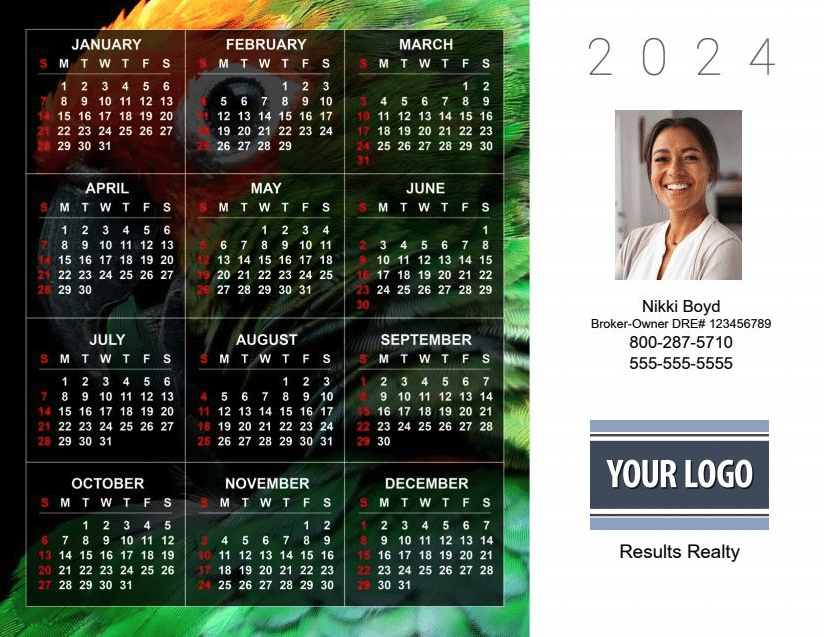
ProspectsPLUS! has dozens of geographic farming campaign postcards, perfect for quarterly mailings that keep you top of mind.
On-demand postcards
-

Frequency:
Whenever a home is listed or sells in your farm area -

Typical annual cost (250 homes):
$3,000~ -

Our suggested provider:
PostcardMania -

The Close resource:
Circle Prospecting Strategies to Boost Lead Generation
Using on-demand postcards to notify potential clients about recent sales and listings in their neighborhood can be an excellent way to showcase your brand, expertise, and ability to stay up-to-date with the latest market trends.
Additionally, from a homeowner’s perspective, receiving these updates can be minimally invasive and quick to glance through. It can serve as a potential motivating factor and an excellent way for you to get new listings if they are intrigued by the information they’re presented with, like a nearby home that fetched a high sales price. If they were on the fence about selling, then you might be the first one they call once they change their mind to see how much they might make by putting their home on the market!
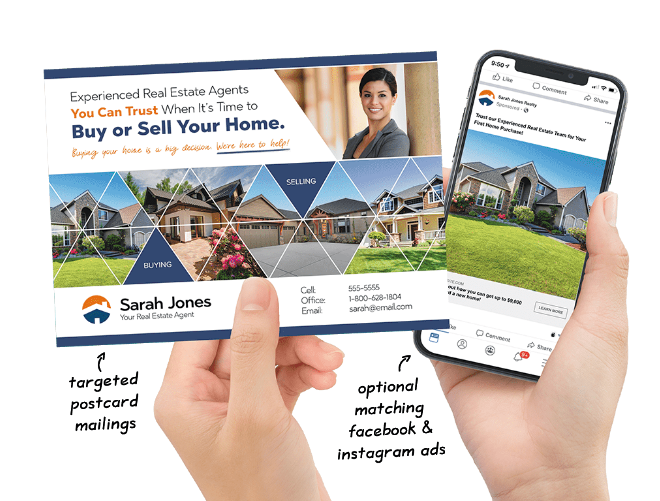
If you don’t have a service provider to help with this, you can use PostcardMania. In addition to bulk mail and direct mail services, PostcardMania can also provide guidance with designing your postcards.
Farm-specific content on your blog
-

Frequency:
At least monthly -

Typical annual cost (250 homes):
Free (as long as you have a website) -

Our suggested provider:
AgentFire -

The Close resource:
Real Estate Blog Ideas (+ Examples & Expert Tips)
Your farm area should have a dedicated section on your website where you can post weekly updates about the micro-neighborhood market, neighborhood goings-on, and even events in and around town. Your content can be short and sweet, with five or six sentences and a picture.

If you’re in need of a website or want to revamp an existing one, AgentFire is one of my favorites. Besides offering readily available templates for agents wanting to get up and running quickly, it allows for a high level of website customization and is packed with features like IDX integrations, engagement and conversion tools to capture quality leads, and other SEO tools.
With that being said, remember that your website should serve multiple functions. It should be a hub for information on your neighborhood and showcase to potential clients that you’re the local expert.
Market update letters
-

Frequency:
Quarterly -

Typical annual cost (250 homes quarterly):
$1,000 -

Our suggested provider:
Coffee & Contracts -

The Close resource:
Our Best Real Estate Prospecting Letter Templates
A real estate letter can share in-depth, thoughtful market insights and analysis, but it’s also a chance to talk about what’s going on in your business or give shoutouts to those doing good work in your community. Share messages that communicate that you’re the expert for buying and selling homes, but — perhaps just as importantly — you’re also the expert at living in your community.

If you’re farming a luxury, higher-end neighborhood, consider your design elements. You can use a service like Coffee & Contracts to put together a high-end, aesthetically pleasing, branded market update for your farm.
Neighborhood website
-

Frequency:
New content one to two times a month -

Typical annual cost:
Starting at $3,500 -

Our suggested provider:
Easy Agent Pro -

The Close resource:
Best Real Estate Website Builders
With Easy Agent Pro, you can create an unlimited number of neighborhood sites. This helps establish your credibility and improves your website rank in the top results for SEO. For example, Keeton & Co Real Estate has 19 different neighborhood sites for Goochland, Ga. Each one of these sites includes a small summary of the area, notable points of interest and activities, nearby restaurants, and amenities.
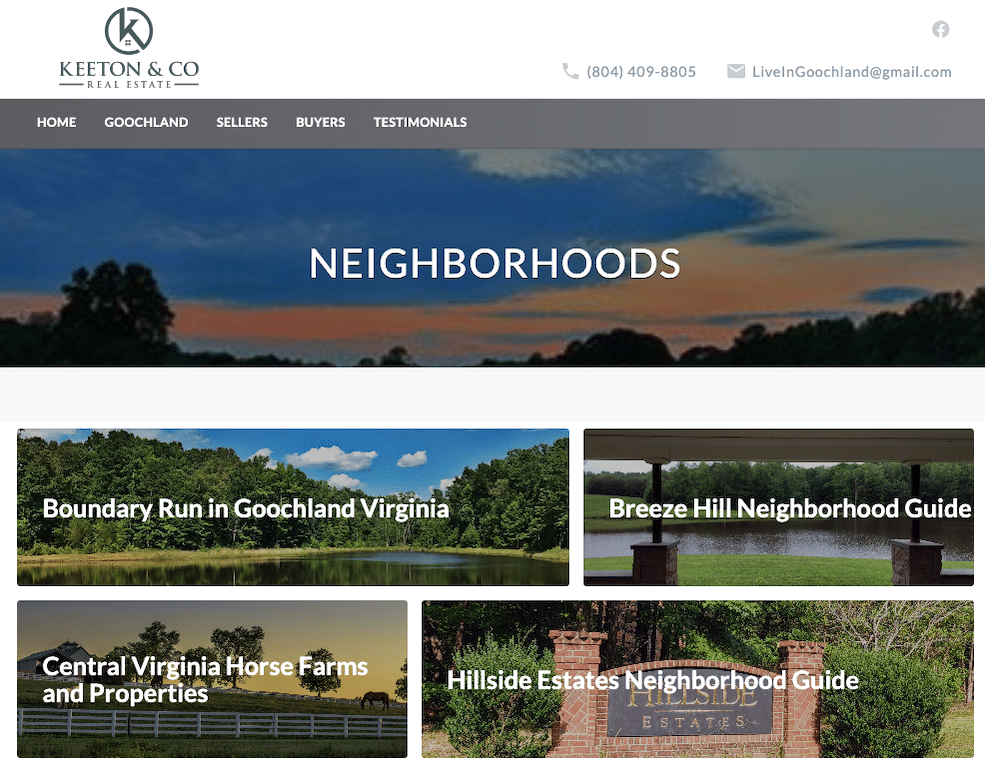
As a tip, also try including interviews with neighborhood business owners, local news, coupons, and, of course, all the latest information about the real estate market.
By choosing to work with Easy Agent Pro, you’ll be able to create websites that are focused on driving engaged leads directly to your website. There are other providers on this list that focus on SEO, but we like how easy it is for agents to make small edits to these premade pages. Book your free consultation below.
Door hangers for your annual door-knocking session
-

Frequency:
Once a year -

Typical annual cost:
Starting at $500 -

Our suggested provider:
ProspectsPLUS! -

The Close resource:
Fun Real Estate Door Hanger Ideas to Inspire You
You might think that door hangers might be a waste of time and money. After all, before I got into the real estate business, I would just throw away any door hangers I got on my home!
However, it wasn’t until I became more experienced that I realized door hangers are most effective when you’ve already had some form of communication with the residents. This way, residents already know of you and the value you’ve already provided, making them more likely to read the door hanger and reach out to you.
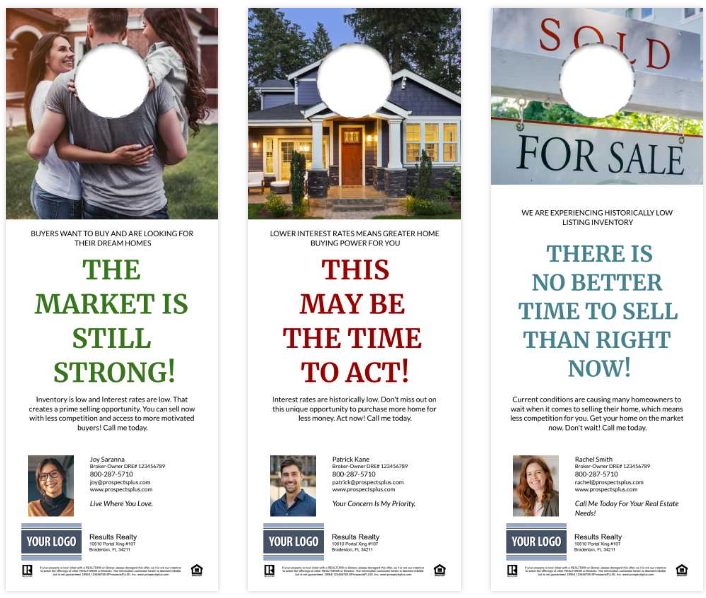
I looked into a few different services for door hangers and fell in love with ProspectsPLUS. It has door hanger templates for a wide range of uses, such as agents looking for listings, agents posting updates on recently sold properties, properties that have recently been listed, and more. ProspectsPLUS also provides the option for you to design your own door hanger by uploading a customized design.
 Pro Tip
Pro Tip
Keep safety in mind when knocking on doors. Ensure you have established precautions when door-knocking (letting another person know where you will be, or doing door-knocking with a partner, like a lender or another agent, are great ideas). And, check out The Close’s article on Realtor safety tips to keep yourself out of harm’s way.
Automated home value email updates
-

Frequency:
Once a month -

Typical annual cost:
$0-$300+ -

Our suggested provider:
Zillow -

The Close resource:
Real Estate Email Templates for Real Estate Leads
Many homeowners struggle with being able to confidently estimate the value of their home. In this sense, it’s an area where you can provide a lot of added value with the use of automated home value email updates.
Regular email updates can allow homeowners to track the value of their home over a period of time, and can be a good motivating factor when it comes to deciding whether they want to sell the home and use you as their agent.
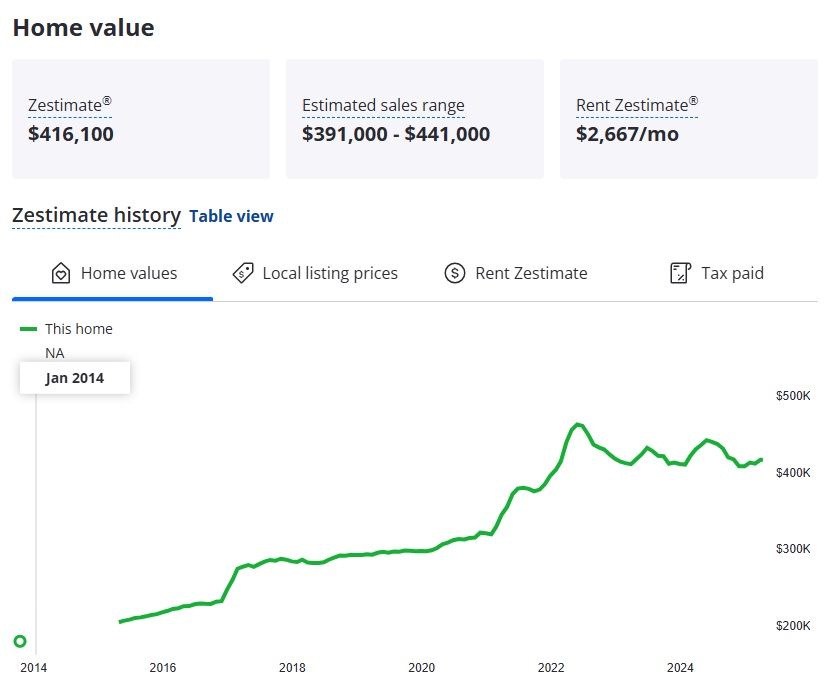
Zillow has a feature called Home Reports that will allow you to obtain regular updates about a specific home’s property value. It calls its property valuation estimates a Zestimate, and one of the things I personally love about its Zestimates is that it has data showing the accuracy of its figures. For example, as of the time of this writing, Zillow states that its nationwide median error rate for listed homes is 1.94%, while the error rate for off-market homes is 7.06%.
An annual sponsored event
-

Frequency:
Once a year -

Typical annual cost:
Starting at $1,000 -

Our suggested provider:
You! -

The Close resource:
Top Client Appreciation Event Ideas for Realtors
Whether you’re throwing a summer block party and BBQ, a holiday gathering, a wine tasting, or a Super Bowl watch party, events are a fun way to meet and greet community members. And considering that more than a third of buyers used a real estate agent they knew or were referred to (according to the National Association of Realtors), this is a fantastic method to expand your sphere of influence to get more buyer leads.
If you’re new to events, start with something you know will be a hit, like a pumpkin giveaway in October or a trivia night with great prizes. Or, try sponsoring a neighborhood garage sale, a community fireworks display in July, or a community service project with plenty of food and drinks afterward to celebrate all that hard work.
 Pro Tip
Pro Tip
Another unique tool you could use in your farming activities is to deliver pop-by gifts. These small and inexpensive gifts you can send on an occasion, like a holiday, or to simply encourage interaction. To learn more pop-by gift ideas, check out our article, Clever Real Estate Pop-by Ideas to Get More Referrals..
Where does social media fit into real estate farming?
Social media doesn’t replace traditional farming techniques, but it can go a long way in enhancing them. Many local neighborhoods have their own Facebook groups. Some homeowner associations also have dedicated websites and social profiles, not to mention active residents on social platforms.
We’ve got you covered if you’re looking for a deep dive into social media post ideas. The Close’s own Sean Moudry suggests this proven, unique social media approach to farming:
Start by connecting with members of your farm area using your personal social media profile. Then, using Facebook, create a custom audience for specific posts that includes only the people in your farm.

Sean’s strategy is great for promoting any neighborhood-specific content you’ve created for your website, like market updates or neighborhood guides.
Real estate farming Frequently Asked Questions (FAQs)
Why is it called ‘farming’?
Think of what it takes to farm a big field of tomatoes. You must select the field, plow the soil, plant the seeds, stake the plants, weed, prune, monitor, track progress, and eventually harvest the tomatoes. It’s not a stretch to think about real estate farming in the same way — it requires careful preparation, attention to detail, and some patience for the process to bear the fruits of your labor.
What kinds of activities constitute real estate farming?
Farming activities include sending direct mail, handwriting letters, hosting events, sponsoring local activities, building a social media presence, and even knocking on doors to introduce yourself and your business. It involves anything that builds relationships and trust with the people in your chosen territory, making you a local authority in that area.
Why should my real estate farm be 500 homes or less?
When it comes to real estate farming, bigger is not always better. Geographic real estate farming is an effective marketing strategy because you target a specific set of homes with a message that adds particular value repeatedly. The more extensive the selection of homes, the less likely you can consistently deliver on your farming efforts — budget and time-wise. Keep your farm small to focus your message and deliver more value.
How much of my real estate farming message should be about the local market?
Market conditions and specific statistics can be powerful conversation starters in your real estate farm. However, these types of messages can get boring quickly for anyone not actively ready to buy or sell. So, I’d suggest using this general rule: make 30% of your message about the market and the rest about the community.
What kind of results should I expect from my real estate farm?
It’s essential to track your efforts to determine the return on investment in your particular farm because every market is different. Your success depends on area-specific information, including the types of homes in the market, the sort of agent competition you’re facing in your neighborhood, and how long you’ve been active in the area.
What if another agent is already farming in that area?
Homeowners are looking for someone they know, like, and trust. One agent isn’t going to be right for every person in a particular neighborhood. Farming consistently creates value for owners — planting that seed for them to contact you when ready. You never know where things will be a year from now. As the saying goes, “Don’t judge each day by the harvest you reap, but by the seeds you plant.”
Keep your code of ethics in mind here — ensure that you adhere to any required disclaimers and local regulations to keep in good standing with the National Association of Realtors (NAR), local associations, and the MLS.
How long does it take for a real estate farm to produce results?
Real estate farming is not a strategy that produces overnight success. Though you may see some exciting immediate returns on your efforts, the farming leads you capture in the first three months will likely be people ready to buy or sell anyway. True farming success takes time. Give yourself a year with this strategy before analyzing and making changes based on your results.
Bringing it all together
Real estate farming is an effective means of prospecting and developing a consistent source of seller and buyer leads. The best part about farming is that the rate of return on your investment improves over time as your messaging gets sharper, more people recognize you, and your sales stats in the neighborhood improve.
Have a real estate farming idea we didn’t cover? Let us know in the comment section!
The post Real Estate Farming: How to Become the Go-to Agent in Your Neighborhood appeared first on The Close.
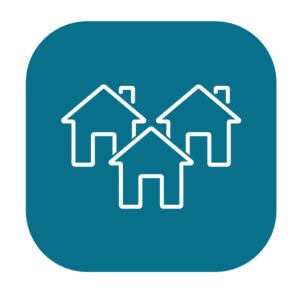

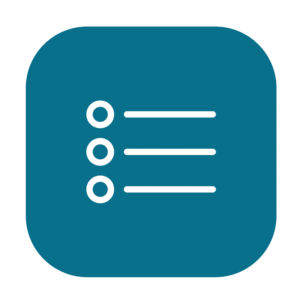
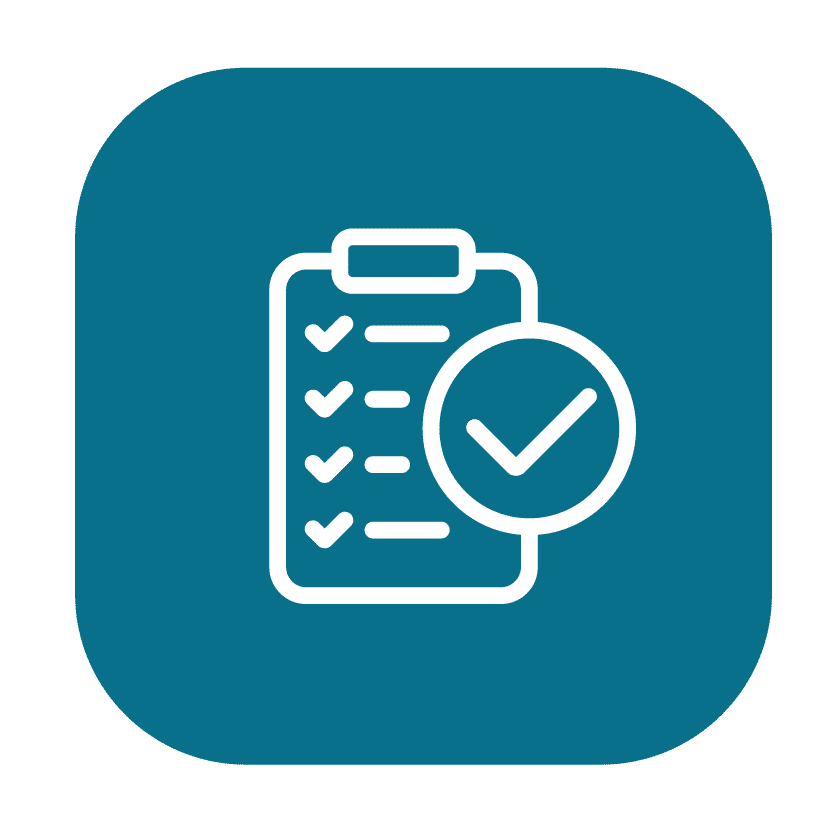
Write Reviews
Leave a Comment
No Comments & Reviews